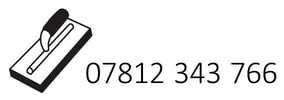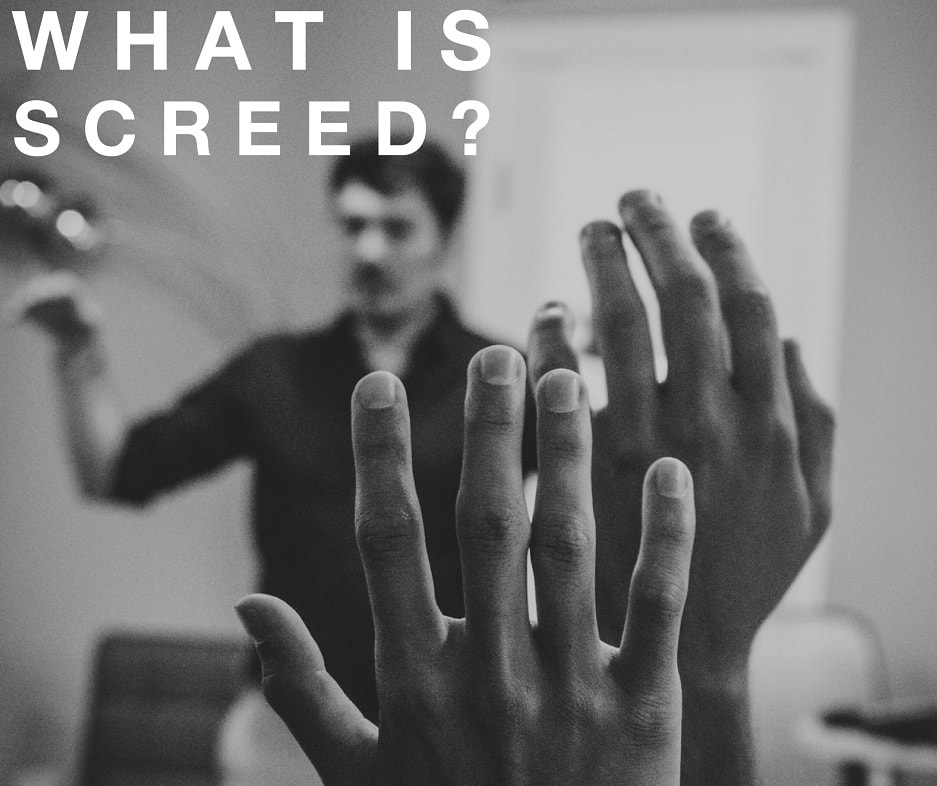|
Back to Blog
Screed or screeding, is a word that people usually come into contact with when they embark on undertaking building work. Whether you are planning to do the work yourself, are renovating your own home for the first time, or have a portfolio of several houses that your team have built from scratch – somewhere along the line you will need to screed a floor or two.
What is screed? Floors are something that we walk across each day and we take it for granted that they are flat and even. For rooms that are newly built (or have underfloor heating) it’s imperative that the surface is level as it allows for a better finish when laying tiles, carpet or tiling. Screed is a specialist concrete mix that ensures a floor is flat and is used to level out a concrete sub base. Can screed be used on all types of floors? Screed is a versatile mix that can be used in all types of properties – domestic, commercial and industrial. If the screed is due to be used for heavy footfall/equipment, the mixture can be adapted to withstand the additional weight and traffic. Is there more than one type of screed? There are four main types of screed. In addition, it is possible for screeds to be mixed differently to a range of admixtures that will give varying qualities. The different type of screeds are: Bonded screeds By using a specialist bonding agent or primer, bonded screed is applied to a pre-prepared concrete sub-base with the intention of maximising the potential bond. This variety of screed can be used when a thinner screed is needed. Unbonded screeds Unbonded screeds are laid onto a damp-proof membrane or polythene sheeting. This separates the final layer of screed from the concrete base substrate. This variety of screed is often applied to older concrete sub-bases. Underfloor heating screed and floating screed. Floating screed is laid on to a layer of thermal insulation. The insulation is usually on top of a damp proof membrane which would then be separated by the existing concrete sub-base. The only difference between underfloor heating screed and floating screed, is that it is laid over underfloor heating pipes and not insulating material. How long does screed take to dry/cure? The time taken for screed to dry or cure differs and depends on the type of screed and its thickness. It’s best not to walk on freshly laid screed for at least 24 to 48 hours. In some cases, however, with the use of certain additives, drying time could be reduced to 12 hours. We recommend leaving screed to dry for up to 7 days before moving furniture around etc, although most screeds will reach their fully cured strength after 28 days. So, for best results, be patient and wait for this time to pass before laying tiles or carpet. GK Rend have lay screeds in Romford, Barking and Dagenham, Havering and across South Essex and East London. Contact one of our friendly members of staff to give you a quote for your screed job/project today. We will advise you about which type of screed is most appropriate for your flooring. Havering | Redbridge | Barking and Dagenham | Walthamstow | Waltham Forest | Newham | Tower Hamlets | Rochford | Basildon | Chelmsford | Brentwood | South End on Sea
0 Comments
Read More
|
GK Rend
[email protected] / 07812 343 766
Monday to Friday - 8am to 5pm
Copyright © 2024. All rights reserved.
Website designed and maintained by Perfect Layout Digital Marketing
[email protected] / 07812 343 766
Monday to Friday - 8am to 5pm
Copyright © 2024. All rights reserved.
Website designed and maintained by Perfect Layout Digital Marketing

